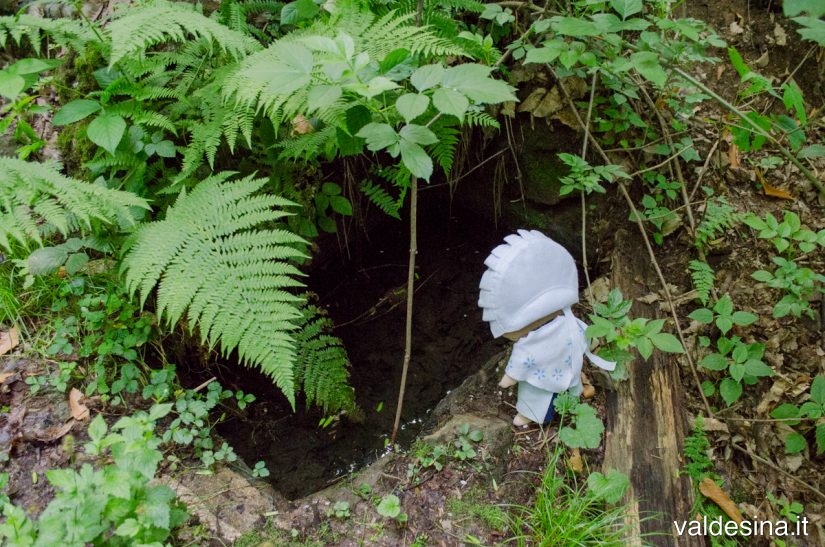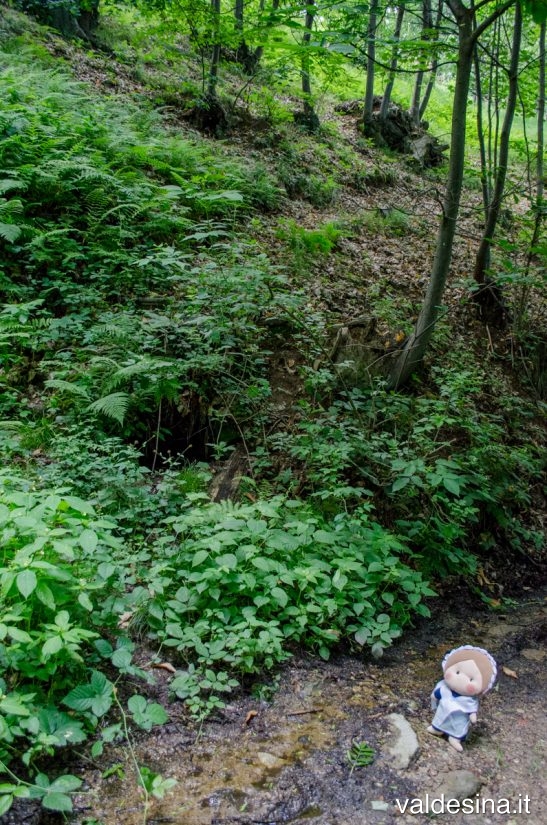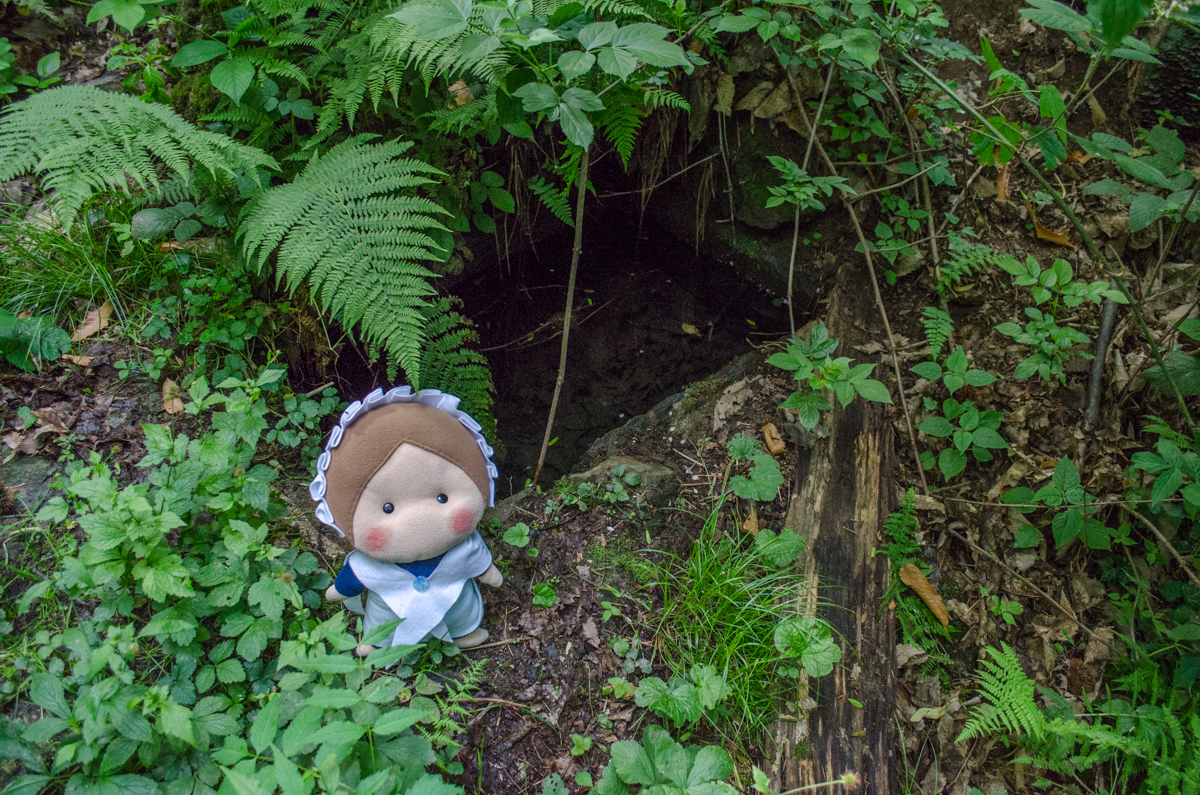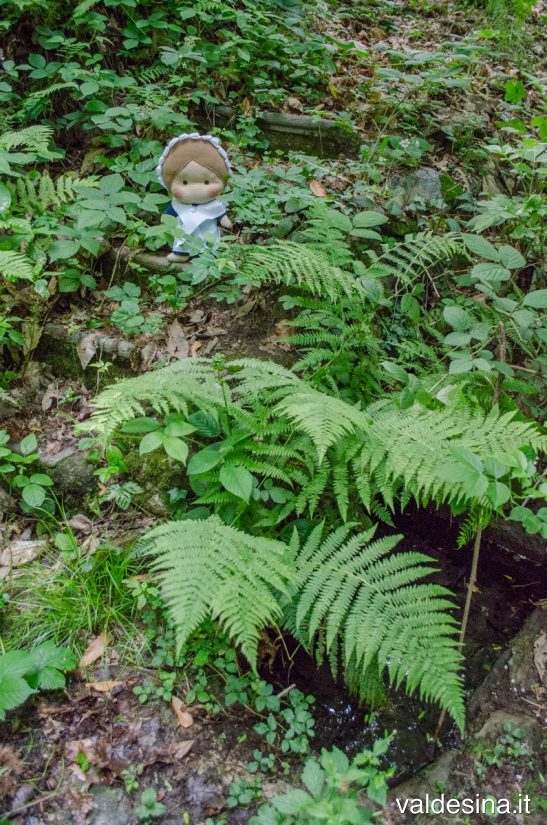Hello my friends!
Today we are in a place that is only apparently devoid of stories to tell, but which will help us to go along the discovery of a very precious food for the old valleys: we are at the Fontana del Burro (the Butter’s Fountain) of Angrogna.
Butter, apart from being extremely important for our ancestors’ diet, is also a a food of very ancient origin: Greeks and Romans already used to attribute to the Celts the creation of a solid and compact milk-based product, similar to the one we know in our days; nevertheless some instruments for its production were found even dating back to the Bronze Age (2300-700 BC)!
 I’m sure you’d like to know how people used to make butter time ago… Well, it was a long and tiring operation. First of all, fresh milk was left to rest to make the cream rise to the surface.
I’m sure you’d like to know how people used to make butter time ago… Well, it was a long and tiring operation. First of all, fresh milk was left to rest to make the cream rise to the surface.
Cream was then put into a churn (a cylindrical wooden container) and with the rammer it was beaten for about an hour, till it became stiff; the whey was then poured, cold water was added and it was beaten again. Butter was then worked with hands (adding salt or herbs) and placed in decorated wooden molds, sometimes with a characteristic design for each family, and left to rest for a day in a cool place.
You understand by yourself how important it was to have a suitable place to store the result of this long and hard work!
The fountain is so named because once here the butter cakes were made to rest, thanks to the coolness of the spring.
In Alpine valleys butter was so precious that people who would not be able to produce it used to believe that it was because of a demon’s sorcery that had “dammed” bewitching the churn; even in Waldensian Valleys there are some legends about these spells: for example it is told that once in Massello a witch had been chased by throwing nails into the bewitched churn, wounding her feet.
Butter and its possibility of becoming rancid because of animals-witches is widespread all over the world that once was Celtic: think of the butterfly (butter-fly…), named this way because, according to a legend, butter would become acid because of a witch-butterfly.
Toads, dragonflies, salamanders, lizards and various other insects are considered milk suckers (directly from cows).
On the other hand, in the Anglo-Saxon tradition it is told about some elves who are excellent butter preparers and who willingly teach men how to turn milk into butter (except if they get angry… in that case, they take revenge by stealing or souring food) … just like our fairy tales!
 How to get here:
How to get here:
once you reach the Sonagliette hamlet of Angrogna, take the only uphill road (dirt and passable only on foot or by bicycle), you will soon reach a detour that leads to the signs for the fountain: after about ten meters you will find it at the your left.
The walk is short and also suitable for children, but the fountain is almost unrecognizable by the vegetation that grows around it: sharpen your sight!
Do you want to read the tale in Italian ?

